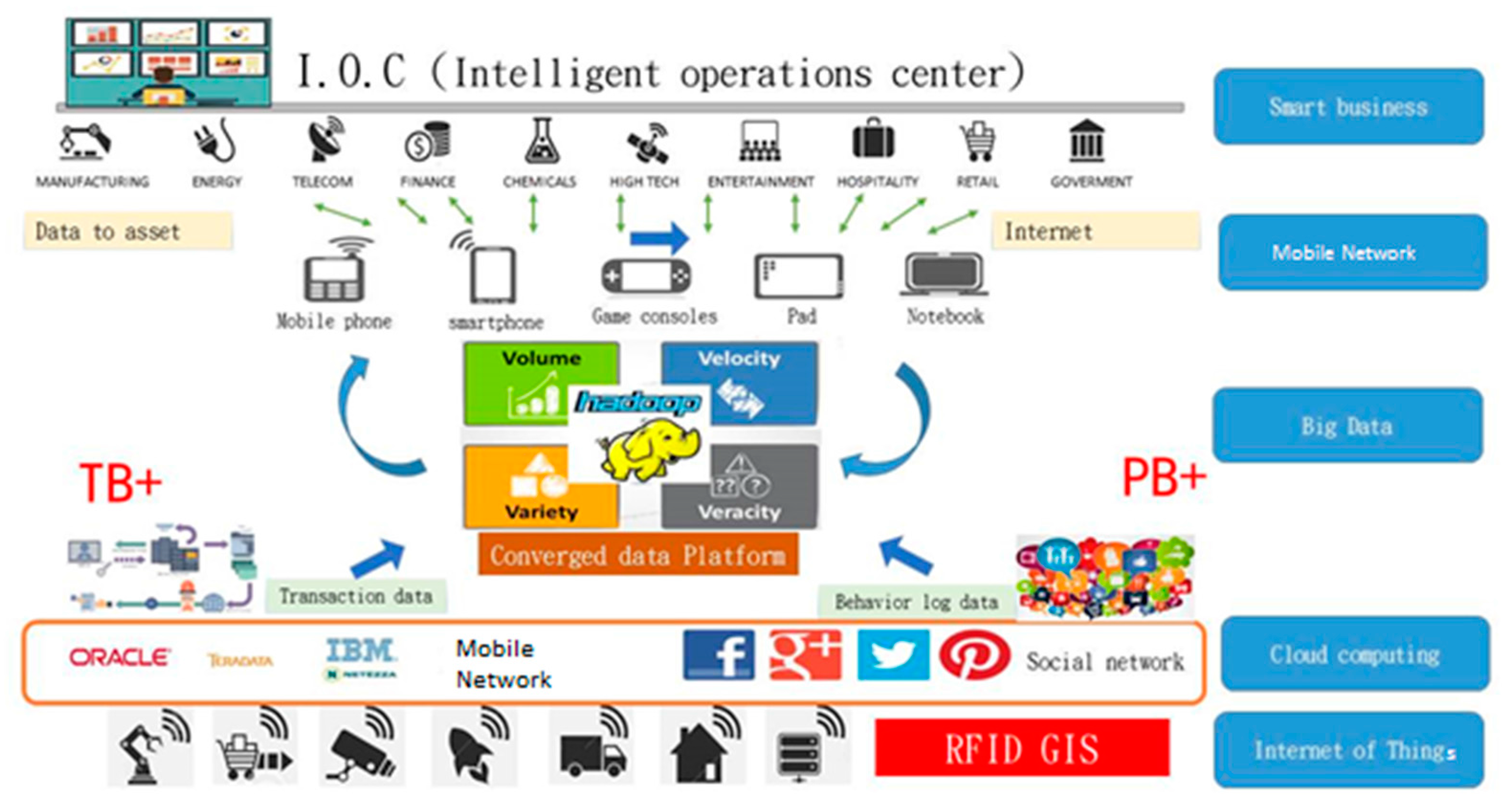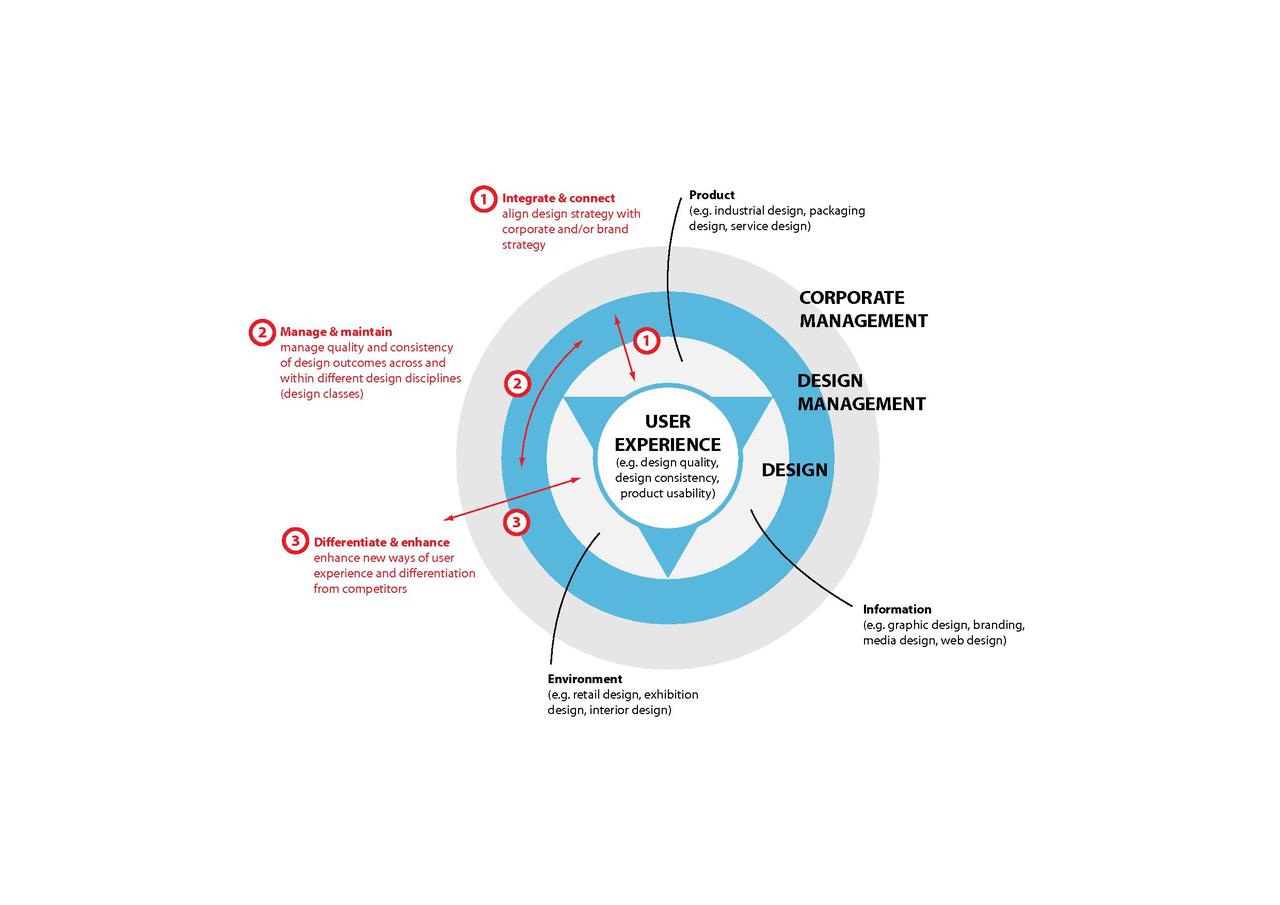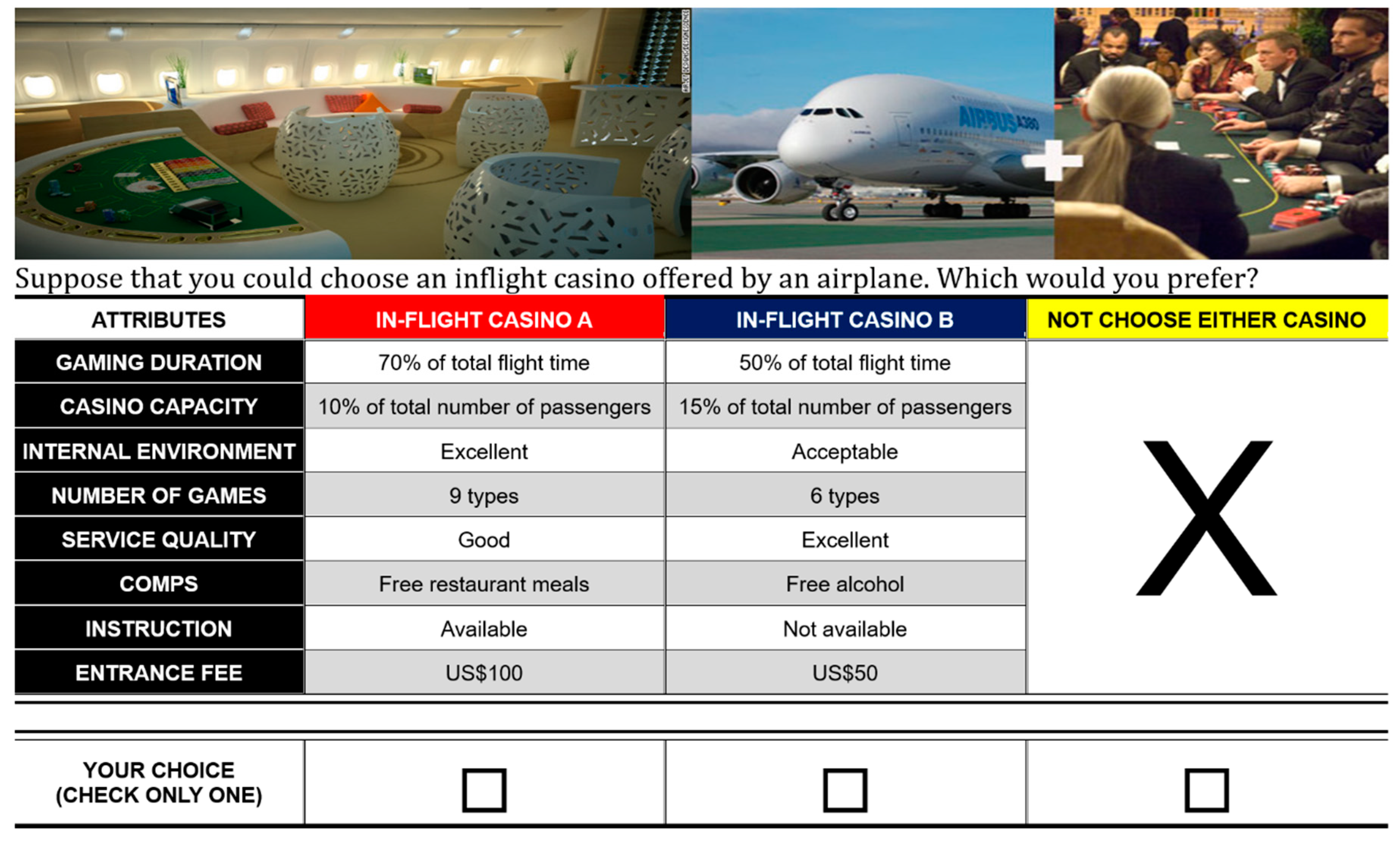Introduction
- Casino Industry Case Study Strategic Management 6th Edition
- Casino Industry Case Study Strategic Management Methodology
- Casino Industry Case Study Strategic Management Principles
- Casino Industry Case Study Strategic Management System
Strategic management- case study of home pharmaceuticals 8 x Pressure from the shareholders created consolidation in the entire industry and as a result, numerous mergers and acquisitions might take place within the industry (Zarafshani et al. Casino Industry Case Study Strategic Management, little milton casino blues, 1070 ti slot, bovada slots rtp.
The Coca Cola Company is a leading multinational company in manufacture, distribution, and marketing of non-alcoholic beverages. The compay owns over 400 brands, including waters, juice drinks, diet, teas, energy and coffees. The Cmpany has recorded tremendous progress in respect of sales units, buyer loyalty, growth in product portfolio, and profitability. This paper seeks to examine its strategic process and growth stategy that could account for this trendy growth.

Strategic Management Process
Title of study The importance of strategic management, Case study of H&M Type of project Thesis Date 27.4.2011 Pages 59+12 Supervisor(s) of study 1st Antti Iire 2nd Anneli Juutilainen Executive organization H&M in Kuopio,Finland Abstract Hennes & Mauritz (H&M) is a 100 billion Sweden company, engaged in designing. Slot machine winning sound wav. Case Study – Extreme CCTV (all details discussed in this case study have been taken from the Extreme CCTV case study as presented in Cases of entrepreneurship: the venture creation process (Morse & Mitchell, 2005)) Student Name: Katrina Binotto Student Number: S3172726 Course: BUSM 2367 – Business Enterprise One 1. Written Case Analysis: The Global Casino Industry The global casino industry has grown substantially and has enjoyed record profits over the last several decades. Here in the US in particular, casinos have made significant economic contributions through providing various jurisdictions not only with tax benefits, but also employment opportunities.
This is a process of defining an organization's strategy. It also refers to a process by which the management selects a set of viable strategies that will facilitate its performance (De Wit & Meyer, 2010).
This is a continuous process that analyzes and appraises both the business and the industry in which an organization operates, and puts up goals to meet current and future competition (Singh, 2008). To enable its future business success, Coca Cola has adopted a strategic management process that follows a four-step process; environmental scanning, strategy formulation, strategy implementation, and strategy evaluation.
Figure: Diagrammatic logical flow of strategic process
- Environmental scanning-Coca-Cola Company undertakes a focused diagnosis of its current and potential business environment before launching its business. All external and internal influences relevant to its operations are analyzed on a continuous basis. Since the company operates globally, global environmental factors likely to impact on its business gain great emphasis to enable it succeed in its expansion process (Singh, 2008). Environmental scrutiny involves facets such as tax policies, employment laws, environmental regulations, and political stability.
- Strategy formulation- it is a process of selecting the best course of action to accomplish organizational objectives and purpose (Hill & Jones, 2009). In Coca Cola, the process of strategic formulation begins with creation of a mission and vision statements. This mission statement clarifies the purpose of the organization, its values, and often serves to communicate with internal and external parties and stakeholders about its strategic direction (De Wit & Meyer, 2010). The vision of the company has been beneficial in supporting strategy formulation in which it says it focuses to remain a low-cost leader with an aim to gain customer loyalty and increase sales.
- Strategy implementation– it is the process of making the chosen strategy functional or operational as originally planned. It entails modeling the structure of organization, resource distribution, designing decision making process, and management of human resources. To achieve its strategy implementation process, Coca Cola Company has ensured quality management system that helps in guiding and coordinating its activities to guarantee quality. It also develops a control framework for guiding organizational and managerial systems and processes. The company believes that succeeding in a new market relies on a proper formulation of excellent strategies and keeping them (De Wit & Meyer, 2010). Therefore, quality controls have been the guiding principles that have enabled its multilateral strategy.
- Strategy evaluation-it is usually the last phase of strategic process. In this process, the fundamental activities that Coca has considered are: appraisal of external and internal environment necessary for strategy formulation, performance measurement, and conducting remedial action. This evaluation process is imperative in ensuring that an organization succeeds in meeting its objectives.
Growth Strategies
Coca-Cola Company utilizes the Multi-domestic strategies in nurturing its businesses. In this strategy, subsidiaries independently produce products in different countries based on the prevailing different environmental factors. The strategy considers numerous factors such as culture, status, economic status among other factors. The choice of this approach has been recognition of the fact that domestic corporations are supposed to be responsive to the demands of the local market (Singh, 2008).
Strategic growth through diversification
Casino Industry Case Study Strategic Management 6th Edition
The company has sustained its growth through diversification in several but related products. This process has been adopted in order to expand its product portfolio with an aim of remaining relevant to the expanding needs of the global market. To achieve this, the company ensures that each of its portfolios is strategically linked to other products, logo, and thematic image of quality reputation and wholesomeness (Singh, 2008).
The choice of this strategy has been advantageous in several ways. Firstly, it is meant to leverage itself against the vulnerabilities and threats of competition. Secondly, the company has been able to benefit from the economies of scale. Lastly it has the potential of utilizing its expertise and technology gained in one market in order to enter a different market and product.
Growth through Differentiation strategy
It is simply a process in which an organization distinguishes its products, services or offering from its competitors. This strategy has enabled the Company to gain pricing power. To achieve in this strategy, the company has carefully ridden on the advantages of product quality improvement, brand strength and buyer loyalty (Hill & Jones, 2009). Coca has also successfully used effective and deficient distribution of its products as a means of differentiating its self from rival parties such as Pepsi.
Decentralization- the Company believes in a decentralized strategic management process in which domestic corporation are given the mandates by the parent company. It uses this strategic management process on the basis that coordination between the parent company and its numerous foreign subsidiaries is generally costly and complex process.
References
De Wit, B., & Meyer, R. (2010). Strategy: Process, Content, Context, An International Perspective. New York, NY: Cengage Learning EMEA.
Hill, C., & Jones, G. (2009). Strategic Management Theory: An Integrated Approach. New York, NY: Cengage Learning.
Singh, M. (2008). Strategic Management and Competitive Advantage. New Delhi: Global India Publications.
This research paper on Strategic Management: The case of Coca-Cola was written and submitted by your fellow student. You are free to use it for research and reference purposes in order to write your own paper; however, you must cite it accordingly.Need a custom Research Paper sample written from scratch by
professional specifically for you?
301 certified writers online
Select a citation style:
Reference
IvyPanda. (2019, November 9). Strategic Management: The case of Coca-Cola. Retrieved from https://ivypanda.com/essays/strategic-management-the-case-of-coca-cola/
Work Cited

'Strategic Management: The case of Coca-Cola.' IvyPanda, 9 Nov. 2019, ivypanda.com/essays/strategic-management-the-case-of-coca-cola/.
Casino Industry Case Study Strategic Management Methodology
1. IvyPanda. 'Strategic Management: The case of Coca-Cola.' November 9, 2019. https://ivypanda.com/essays/strategic-management-the-case-of-coca-cola/.
Casino Industry Case Study Strategic Management Principles
Bibliography

Casino Industry Case Study Strategic Management System
IvyPanda. 'Strategic Management: The case of Coca-Cola.' November 9, 2019. https://ivypanda.com/essays/strategic-management-the-case-of-coca-cola/. Casino win loss statement taxes.
References
IvyPanda. 2019. 'Strategic Management: The case of Coca-Cola.' November 9, 2019. https://ivypanda.com/essays/strategic-management-the-case-of-coca-cola/.

Strategic Management Process
Title of study The importance of strategic management, Case study of H&M Type of project Thesis Date 27.4.2011 Pages 59+12 Supervisor(s) of study 1st Antti Iire 2nd Anneli Juutilainen Executive organization H&M in Kuopio,Finland Abstract Hennes & Mauritz (H&M) is a 100 billion Sweden company, engaged in designing. Slot machine winning sound wav. Case Study – Extreme CCTV (all details discussed in this case study have been taken from the Extreme CCTV case study as presented in Cases of entrepreneurship: the venture creation process (Morse & Mitchell, 2005)) Student Name: Katrina Binotto Student Number: S3172726 Course: BUSM 2367 – Business Enterprise One 1. Written Case Analysis: The Global Casino Industry The global casino industry has grown substantially and has enjoyed record profits over the last several decades. Here in the US in particular, casinos have made significant economic contributions through providing various jurisdictions not only with tax benefits, but also employment opportunities.
This is a process of defining an organization's strategy. It also refers to a process by which the management selects a set of viable strategies that will facilitate its performance (De Wit & Meyer, 2010).
This is a continuous process that analyzes and appraises both the business and the industry in which an organization operates, and puts up goals to meet current and future competition (Singh, 2008). To enable its future business success, Coca Cola has adopted a strategic management process that follows a four-step process; environmental scanning, strategy formulation, strategy implementation, and strategy evaluation.
Figure: Diagrammatic logical flow of strategic process
- Environmental scanning-Coca-Cola Company undertakes a focused diagnosis of its current and potential business environment before launching its business. All external and internal influences relevant to its operations are analyzed on a continuous basis. Since the company operates globally, global environmental factors likely to impact on its business gain great emphasis to enable it succeed in its expansion process (Singh, 2008). Environmental scrutiny involves facets such as tax policies, employment laws, environmental regulations, and political stability.
- Strategy formulation- it is a process of selecting the best course of action to accomplish organizational objectives and purpose (Hill & Jones, 2009). In Coca Cola, the process of strategic formulation begins with creation of a mission and vision statements. This mission statement clarifies the purpose of the organization, its values, and often serves to communicate with internal and external parties and stakeholders about its strategic direction (De Wit & Meyer, 2010). The vision of the company has been beneficial in supporting strategy formulation in which it says it focuses to remain a low-cost leader with an aim to gain customer loyalty and increase sales.
- Strategy implementation– it is the process of making the chosen strategy functional or operational as originally planned. It entails modeling the structure of organization, resource distribution, designing decision making process, and management of human resources. To achieve its strategy implementation process, Coca Cola Company has ensured quality management system that helps in guiding and coordinating its activities to guarantee quality. It also develops a control framework for guiding organizational and managerial systems and processes. The company believes that succeeding in a new market relies on a proper formulation of excellent strategies and keeping them (De Wit & Meyer, 2010). Therefore, quality controls have been the guiding principles that have enabled its multilateral strategy.
- Strategy evaluation-it is usually the last phase of strategic process. In this process, the fundamental activities that Coca has considered are: appraisal of external and internal environment necessary for strategy formulation, performance measurement, and conducting remedial action. This evaluation process is imperative in ensuring that an organization succeeds in meeting its objectives.
Growth Strategies
Coca-Cola Company utilizes the Multi-domestic strategies in nurturing its businesses. In this strategy, subsidiaries independently produce products in different countries based on the prevailing different environmental factors. The strategy considers numerous factors such as culture, status, economic status among other factors. The choice of this approach has been recognition of the fact that domestic corporations are supposed to be responsive to the demands of the local market (Singh, 2008).
Strategic growth through diversification
Casino Industry Case Study Strategic Management 6th Edition
The company has sustained its growth through diversification in several but related products. This process has been adopted in order to expand its product portfolio with an aim of remaining relevant to the expanding needs of the global market. To achieve this, the company ensures that each of its portfolios is strategically linked to other products, logo, and thematic image of quality reputation and wholesomeness (Singh, 2008).
The choice of this strategy has been advantageous in several ways. Firstly, it is meant to leverage itself against the vulnerabilities and threats of competition. Secondly, the company has been able to benefit from the economies of scale. Lastly it has the potential of utilizing its expertise and technology gained in one market in order to enter a different market and product.
Growth through Differentiation strategy
It is simply a process in which an organization distinguishes its products, services or offering from its competitors. This strategy has enabled the Company to gain pricing power. To achieve in this strategy, the company has carefully ridden on the advantages of product quality improvement, brand strength and buyer loyalty (Hill & Jones, 2009). Coca has also successfully used effective and deficient distribution of its products as a means of differentiating its self from rival parties such as Pepsi.
Decentralization- the Company believes in a decentralized strategic management process in which domestic corporation are given the mandates by the parent company. It uses this strategic management process on the basis that coordination between the parent company and its numerous foreign subsidiaries is generally costly and complex process.
References
De Wit, B., & Meyer, R. (2010). Strategy: Process, Content, Context, An International Perspective. New York, NY: Cengage Learning EMEA.
Hill, C., & Jones, G. (2009). Strategic Management Theory: An Integrated Approach. New York, NY: Cengage Learning.
Singh, M. (2008). Strategic Management and Competitive Advantage. New Delhi: Global India Publications.
This research paper on Strategic Management: The case of Coca-Cola was written and submitted by your fellow student. You are free to use it for research and reference purposes in order to write your own paper; however, you must cite it accordingly.Need a custom Research Paper sample written from scratch by
professional specifically for you?
301 certified writers online
Select a citation style:
Reference
IvyPanda. (2019, November 9). Strategic Management: The case of Coca-Cola. Retrieved from https://ivypanda.com/essays/strategic-management-the-case-of-coca-cola/
Work Cited
'Strategic Management: The case of Coca-Cola.' IvyPanda, 9 Nov. 2019, ivypanda.com/essays/strategic-management-the-case-of-coca-cola/.
Casino Industry Case Study Strategic Management Methodology
1. IvyPanda. 'Strategic Management: The case of Coca-Cola.' November 9, 2019. https://ivypanda.com/essays/strategic-management-the-case-of-coca-cola/.
Casino Industry Case Study Strategic Management Principles
Bibliography
Casino Industry Case Study Strategic Management System
IvyPanda. 'Strategic Management: The case of Coca-Cola.' November 9, 2019. https://ivypanda.com/essays/strategic-management-the-case-of-coca-cola/. Casino win loss statement taxes.
References
IvyPanda. 2019. 'Strategic Management: The case of Coca-Cola.' November 9, 2019. https://ivypanda.com/essays/strategic-management-the-case-of-coca-cola/.
References
IvyPanda. (2019) 'Strategic Management: The case of Coca-Cola'. 9 November.
There is a steady growth rate in gaming revenues taking effect in the casino industy around the United States. A number of factors are tied into the increase including new entrants to the casino industry and rival casino expansions. Through aspects of Porter's Five Forces Model of Industry Competion: Rivalry among existing firms, the threat of new entrants, and the threat of substitues, this case analysis addresses key problems the casio industry is facing and implements stratiges they may use to tackles thoses issues. In addition, SWOT analysis (Strengths, Weaknesses, Opportunites, and Threats) will be used to facilitate the discussion.
Through the Porters Five Forces Model of Competition, were identified…show more content…
Adding to Native American casino fortunes, their casinos are likely to increase over the next few years. It is noted that several states are reaching agreements to allow the introduction or expansion of Native American casinos because of the additional revenues they can provide. This increases the Native American casinos opportunities and consitutes a high barrier for new entrants. The major source for this entry barrier is the cost disadvantage independent of scale regarding the favorable government polices vis -a -vis the Indian Gaming and Recration Act of 1988.
Nevada casinos are the second leaders in revenue. The strengths that they have generated are the availablity of more hotel rooms, fine dinning, excellent entertainment, shopping, mergers and acquisitions, customer loyalty, and product differentiation among its rivals. With its many strengths, Nevada casinos represent a high barrier for new entrants as well mainly due to product differentiation and economies of scale. Nevada casios use differentiation on the basis of special themes that characterizes their casinos, such as a medieval castle, a pirate ship, or a movie studio. Nevado casinos also rely on economies of scale as many of the larger casinos are expanding by buiding on additional rooms to bring in more customers. Eventhough Nevada casino has many strengths, it also has a weaknesses.
